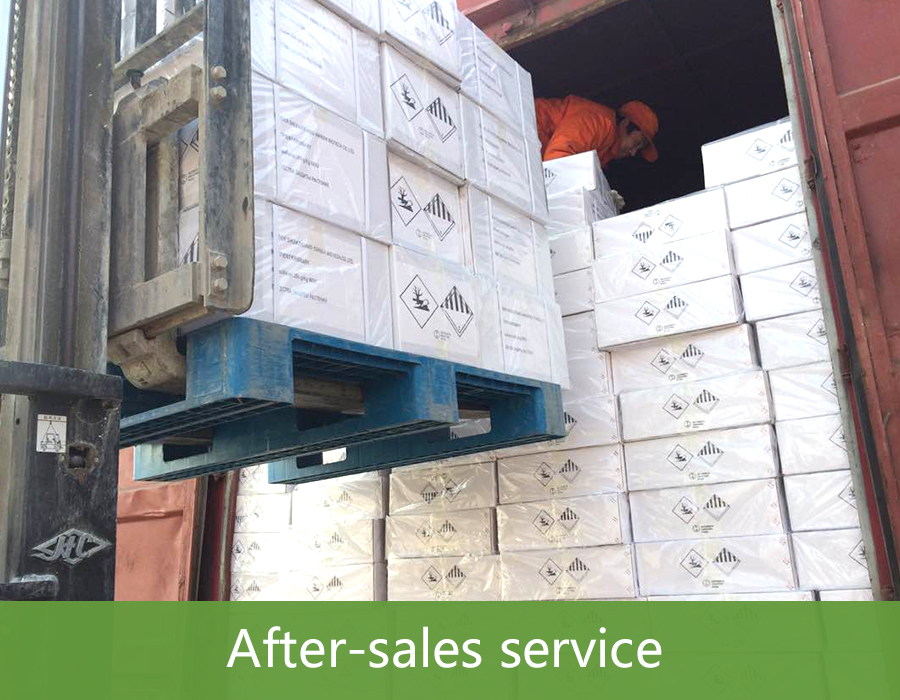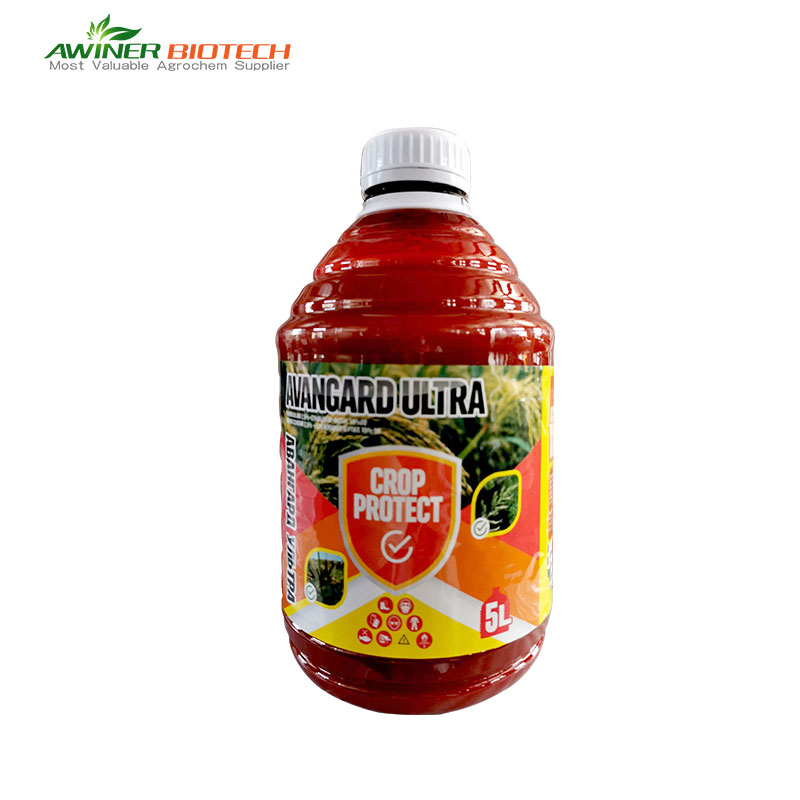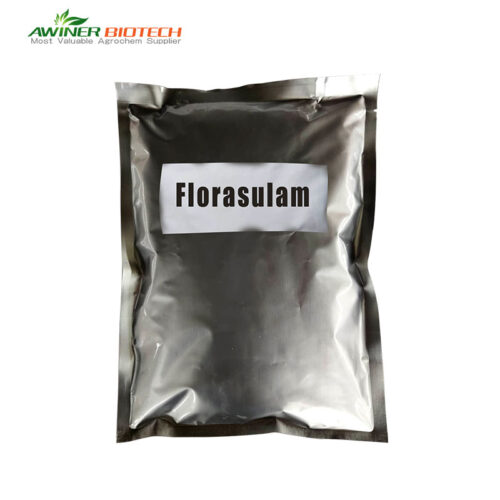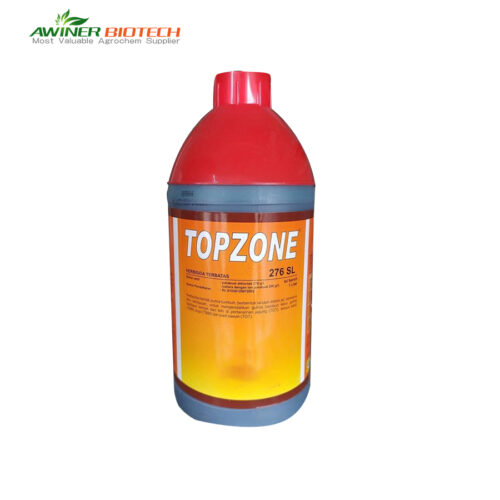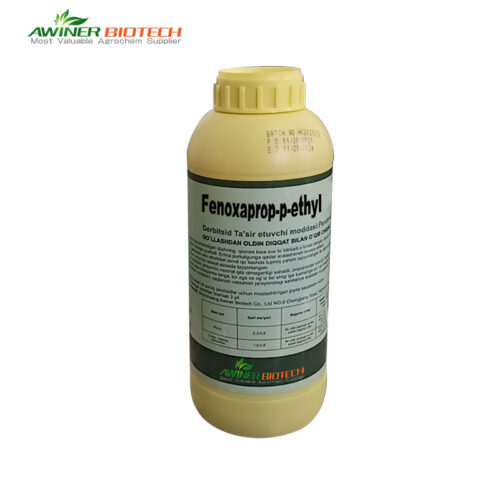Cyhalofop-butyl |
|
| Dosage form | 200g/L OD,200g/L EC |
| Packing | 1L 、500ml 、250ml、100ml、50ml;1kg、500g、250g、100g |
| Formulation/Label | Customized |
| Sample | Yes |
| Crop | Rice field (Direct seeding) |
| Certification | SGS、 ISO 、BV |
| Delivery time | 20-30 days |
| Mixture products |
Cyhalofop butyl + Penoxsulam
Cyhalofop butyl + Bispyribac sodium
|
| Payment terms |  |
Cyhalofop-butyl is the only herbicide that is highly safe for rice. Like other varieties in this category, it is also a systemic conductive herbicide. It travels in the leaves and leaf sheaths of plants and conducts in the phloem.
cyhalofop butyl 200 g/l ec mode of action
Cyhalofop butyl 200 g/l ec is the only herbicide that is highly safe for rice. Like other varieties in this category, it is also a systemic conductive herbicide. It travels in the leaves and leaf sheaths of plants and conducts in the phloem.
It accumulates in the meristem zone of the plant body. Resists acetyl-CoA carboxylase (ACCase), stopping fatty acid synthesis. Cell growth and division cannot proceed normally, and lipid-containing structures such as membrane systems are damaged, eventually leading to plant death. Cyhalofop-butyl conducts slowly in weeds, generally taking 1-3 weeks. Symptoms of weeds after pesticide application are as follows: shoots at the four-leaf stage shrink, resulting in death. The old leaves at the second-leaf stage change very little and remain green.
Applicable crops of cyhalofop-butyl
Rice (transplanting and direct seeding), has excellent selectivity for rice, etc. Selectivity is based on different metabolic rates. In rice, cyhalofop-butyl is rapidly degraded into a diacid state inactive against acetyl-CoA carboxylase. Therefore, it is highly safe for rice. It is safe for subsequent crops because it degrades rapidly in soil and typical rice field water.
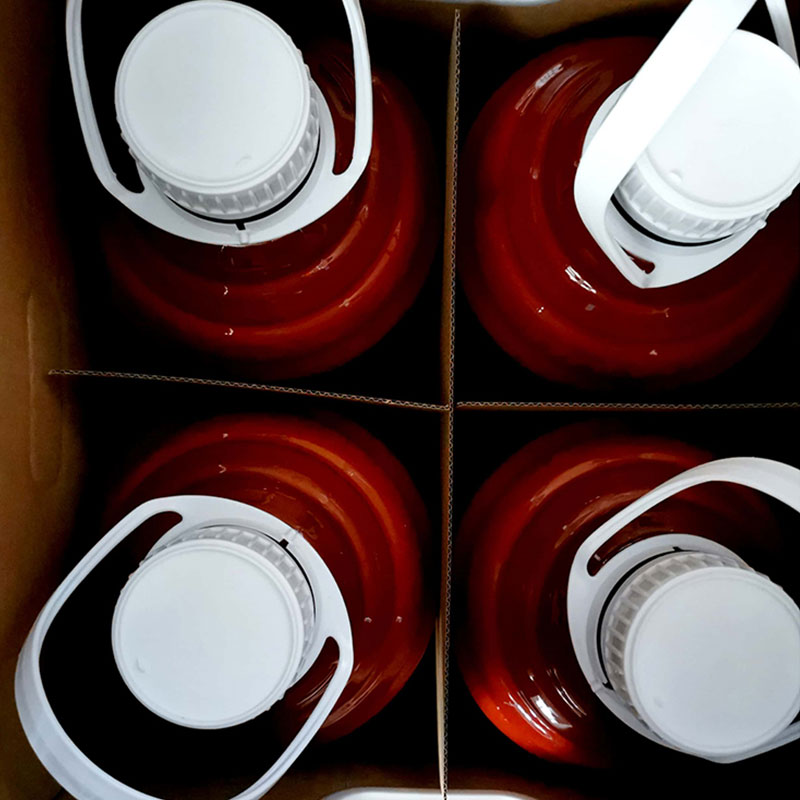 |
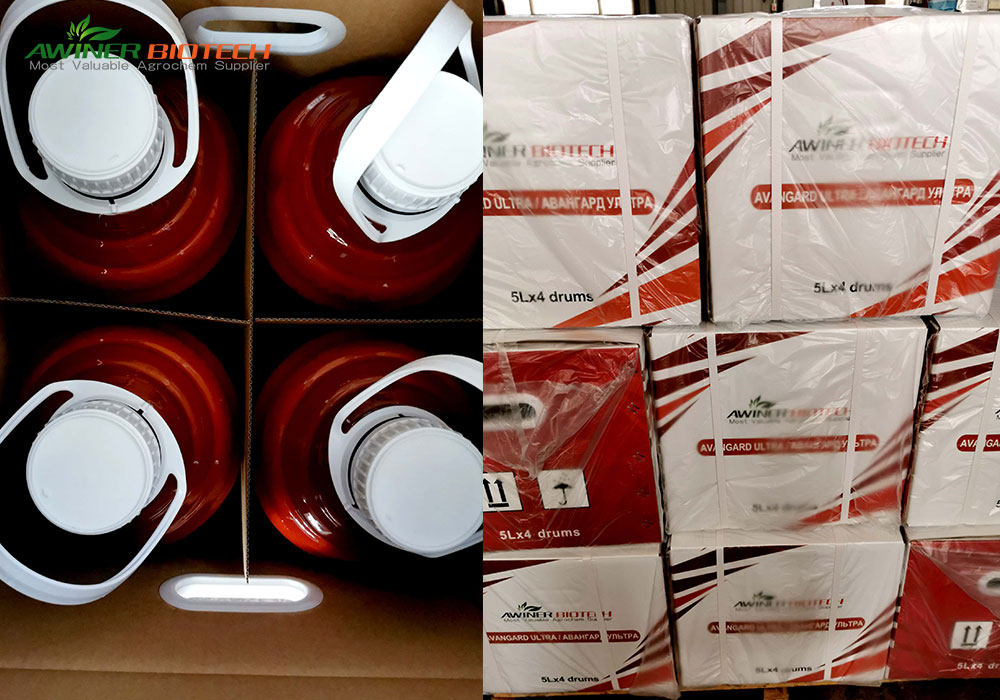 |
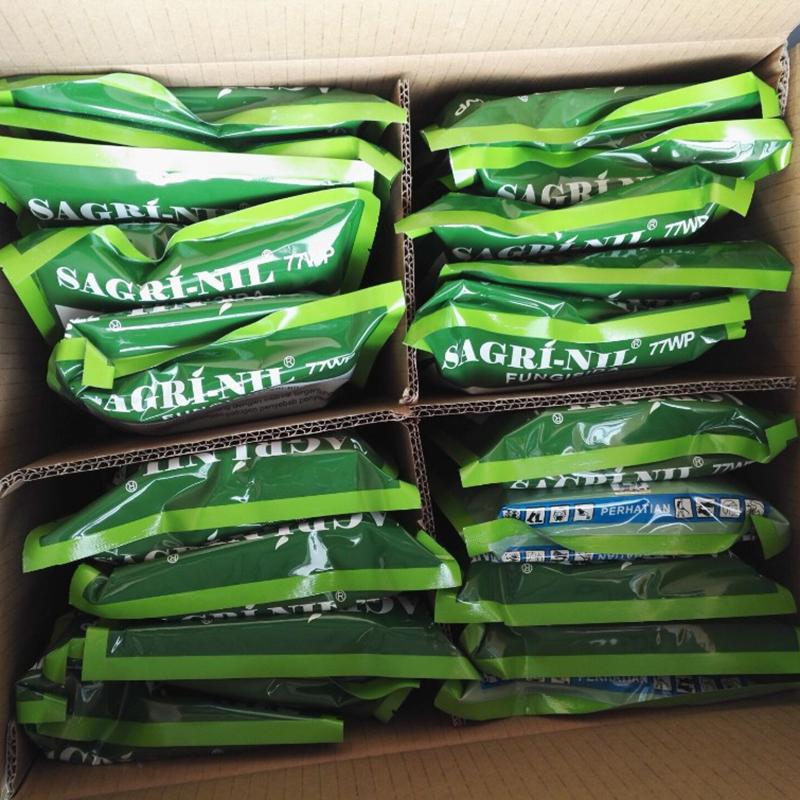 |
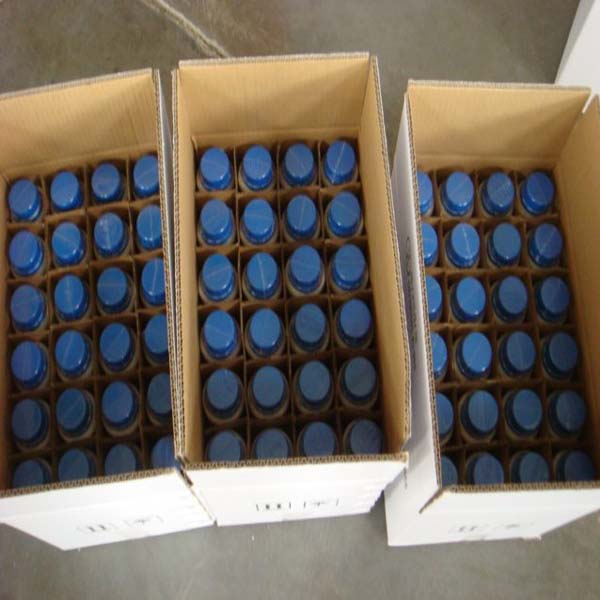 |
<About Awiner Biotech>




